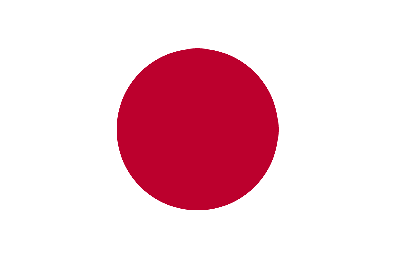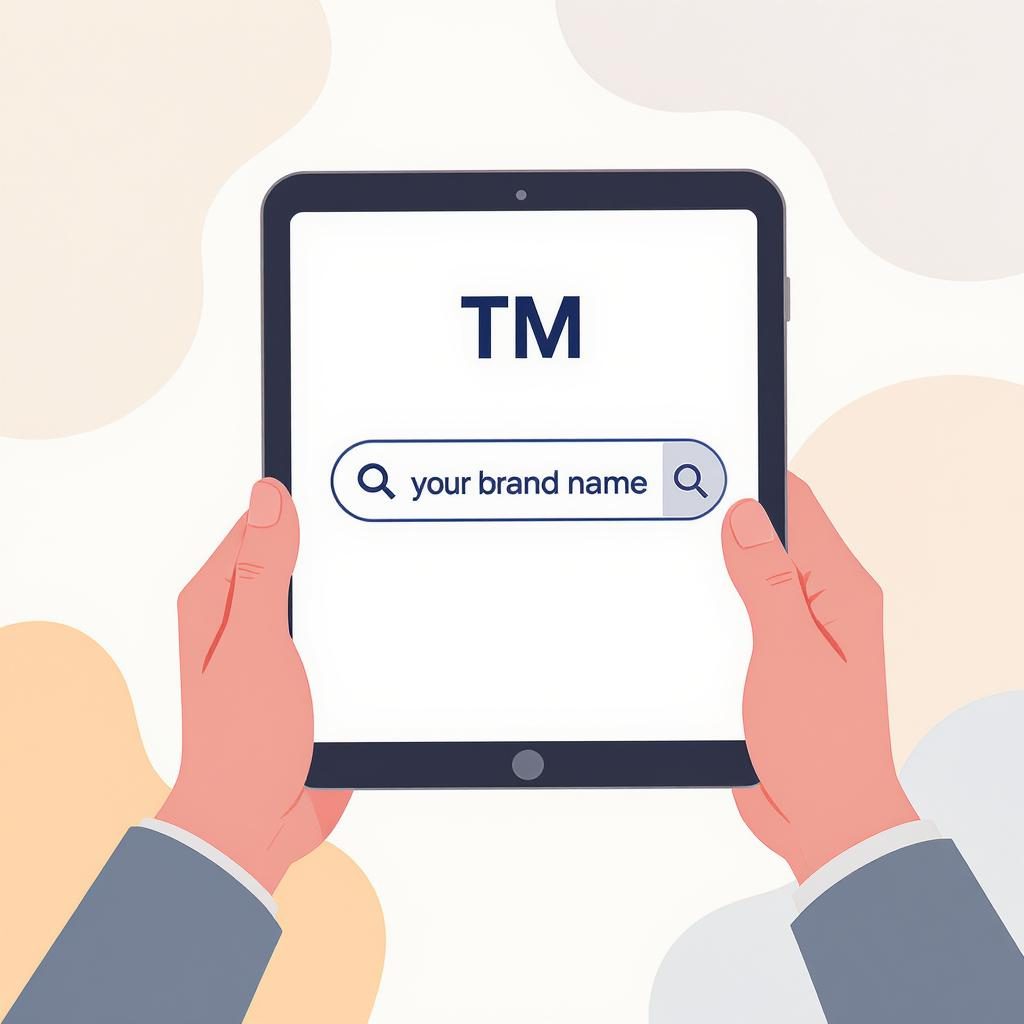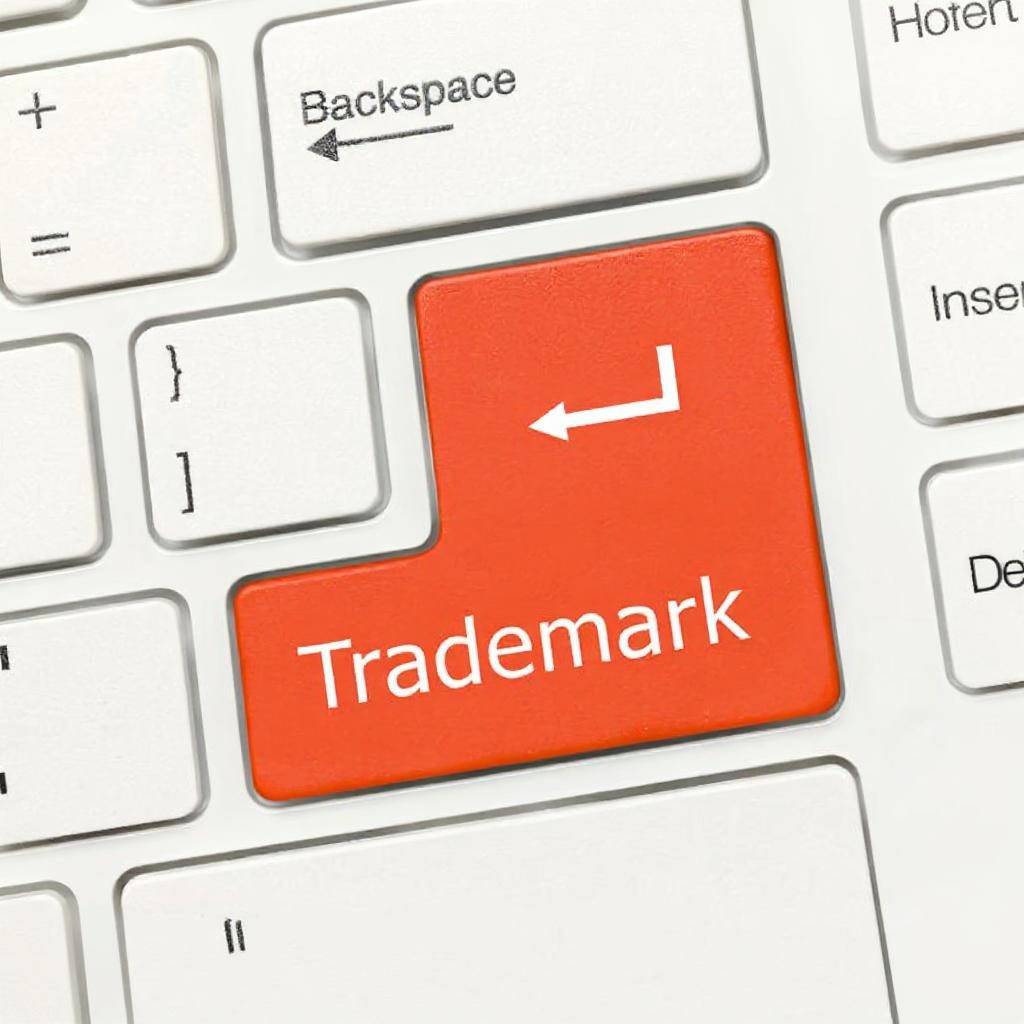
Brand Registration Guide in 2025
In the fast-evolving world of business and intellectual property, timing is everything. Whether you’re launching a startup, building an e-commerce empire, or growing a legacy brand, 2025 presents a rare


In Japan’s first-to-file system, trademark rights go to whoever files the application first—regardless of prior use. That’s why working with a qualified trademark lawyer is essential. Without official trademark registration, you have no legal claim to your brand. Our expert legal team ensures your application is filed correctly and promptly, securing your rights before anyone else does.
We offer comprehensive trademark search services in Japan. With a dedicated Japanese attorney on our team, we handle everything from conducting trademark clearance searches to managing the entire trademark registration process in Japan.
Covers filing your application and reporting the progress all the way to registration. 2 classes included. This is our entry-level package.
Covers full trademark registration, including reporting and responding to non-substantive examiner’s objections and free re-filing.
Prices depend on the country. Please check individual country page for exact prices for each package.
We manage the preparation and filing of your trademark application and keep you updated on the progress throughout the entire trademark registration process in Japan until your mark is successfully registered.
Japan allows both single-class and multi-class trademark applications. Our professional fee for adding a second class is $355.
Our “ALL IN” package for trademark registration in Japan includes government fees, responses to examiner’s objections (office actions), handling opposition proceedings, free re-filing if necessary, and other additional services.
If an office action is issued during your trademark registration in Japan, we will promptly notify you and provide an estimate for our response based on an hourly rate. Whenever possible, we aim to offer a flat fee for handling the response.
If your budget is limited and our complimentary Japan trademark search reveals no obstacles to registration, you can proceed confidently with the application process.
This package includes everything from the “SAIL THROUGH” package, plus handling and reporting non-substantive (procedural) office actions, as well as free re-filing if your trademark application is refused by the Japanese Trademark Office.
Free re-filing under our “SAIL THROUGH” package is subject to certain conditions—you will be responsible for government fees, while we waive the professional fees. Please refer to our FAQ section for more details on re-filing.
Japan permits both single-class and multi-class trademark applications. Our professional fee for adding a second class is $450.
Enjoy unlimited consultations with our team regarding your trademark registration in Japan, with an average value of $250.
Most popular – this package gives you peace of mind and predictability of the budget. This is the package we recommend for Japan.
This is our most popular option, providing peace of mind and budget predictability throughout the trademark process. It’s also an excellent choice if you’re filing for a brand new trademark that hasn’t been used yet.
We handle non-substantive office actions at no extra cost. Additionally, if your trademark application is refused, you have the option to file for a different trademark with our professional fees waived!
If your trademark is refused,
We’ll file another – fee excused.
At this moment, we do not offer BELLS AND WHISTLES Package in Japan.
Government fees in Japan:
The Japanese government filing fee for trademark registration is 12,000 JPY (approximately US$115) for the first class, and 8,600 JPY (around US$80) for each additional class.
The Japanese government charges a registration (grant) fee of 28,000 JPY (approximately US$270) per trademark class.
The Japanese government renewal fee for trademark registration is 38,800 JPY (about US$360) per class.

A trademark application in Japan may be refused for several common reasons, including:
The trademark is identical or confusingly similar to an existing registered trademark or a pending application.
The mark lacks distinctiveness and cannot clearly identify the source of goods or services.
It consists of generic or descriptive terms related to the goods or services.
The trademark is likely to mislead or deceive consumers.
It contains prohibited elements such as national flags, official emblems, or symbols protected by law.
The mark violates public order or morality.
It includes terms or signs that are customary in the relevant industry and cannot function as a trademark.
Trademark registration in Japan is handled by the Japan Patent Office (JPO). The process starts when you submit a trademark application with your trademark details and the goods or services it will cover. The JPO first checks if your application meets all formal requirements.
Then, the JPO examines your trademark to make sure it doesn’t conflict with existing trademarks and is distinctive enough. If it passes, your trademark is published for two months so others can oppose it if they believe it conflicts with their rights.
If no opposition is filed, or if any opposition is resolved, your trademark is registered and protected for 10 years. You can renew the registration every 10 years to keep your rights. The whole process usually takes about 6 to 12 months.
Trademark registration in Japan gives your brand legal protection and exclusive rights to use your trademark.
Trademark registration in Japan protects various types of trademarks. These include word marks (brand names or slogans), logos, designs, symbols, and even combinations of these elements. Japan also allows protection for sounds, three-dimensional shapes, and colors if they serve to identify the source of goods or services.
To be eligible for trademark registration in Japan, the trademark must be distinctive and not cause confusion with existing trademarks. Generic or purely descriptive marks usually cannot be registered unless they have gained distinctiveness through extensive use.
Registering your trademark in Japan helps safeguard your brand identity and prevents others from using similar marks in the market.
Yes, we offer a free trademark search in Japan to help you check if your desired trademark is available. Before starting the trademark registration in Japan, it’s important to see if similar trademarks already exist. Our free search looks for possible conflicts in the Japan Patent Office (JPO) database and gives you a quick idea of your trademark’s chances of registration.
This service is a helpful first step before filing your official application for trademark registration in Japan.
Yes, it’s possible to submit a trademark application on your own for trademark registration in Japan. Both individuals and businesses can file directly with the Japan Patent Office (JPO). However, the process involves specific legal rules, document preparation, and examination procedures in Japanese.
If you’re not familiar with the system or Japanese language, it’s highly recommended to work with a trademark specialist or attorney to improve your chances of a smooth and successful trademark registration in Japan.
Yes, a single application for trademark registration in Japan can cover multiple classes of goods and services. When you apply, you need to specify which classes your trademark will be used for, based on the international Nice Classification system.
Filing one application with multiple classes can save time and help manage your brand protection under a single process. However, keep in mind that extra official fees apply for each additional class you include in your trademark registration in Japan.
No, you don’t need to use a trademark before applying for trademark registration in Japan. Japan allows you to file an application based on future intended use. This means you can register your trademark even if you haven’t started using it in the market yet.
However, once your trademark is registered, it’s important to start using it within a reasonable time. If a registered trademark isn’t used for three consecutive years, it could be canceled for non-use under Japanese trademark law.
Applying early helps secure your brand rights through trademark registration in Japan, even before launching your product or service.
This is the legal name of your business entity.
It’s registered with your state, provincial, or national government.
It appears on legal documents like incorporation papers, tax filings, and contracts.
Example:Microsoft Corporation 
Important:
One company can own several brands and operate under multiple names.
This is the name you use in the marketplace to sell your products or services.
It may or may not be the same as your company name.
If it’s different, you typically need to register it as a “Doing Business As” (DBA) or “Trade Name.”
Example:Microsoft: ![]() or a combined mark
or a combined mark ![]()
Skype:![]()
This is your address on the internet — the web address people type to visit your website.
It doesn’t give you trademark rights by itself, but it’s a valuable part of your brand identity.
A single company can own multiple domain names for different brands, campaigns, or products.
A trademark is a legally protected brand identifier.
It can be a word, phrase, logo, symbol, sound, color, or even a scent that distinguishes your product or service from others in the market.
Registered trademarks give you exclusive rights to use that mark in connection with specific goods or services.
Incorporating your business or registering a company name does not automatically give you trademark rights to use that name as your brand.
For example, in the US, each state has its own rules for business name registration. If you register an LLC named Coolapples LLC in Delaware, that registration only applies in Delaware. Another business could register Coolapples LLC in Indiana or any other state without infringing on your state-level business name.
This means your state-level company name registration does not protect your brand nationwide.
If you want exclusive, nationwide rights to your brand name—especially if you plan to expand beyond one state—you should register a federal trademark with the United States Patent and Trademark Office (USPTO). This trademark gives you the exclusive legal right to use your brand name for your goods or services across the entire country.
Similarly, if you’re in Canada or Australia, registering a trademark with the respective national trademark office will give you country-wide protection and make it easier to sell, license, or enforce your rights to your brand.
Yes, you can legally use a trademark even if it isn’t registered. In fact, in many countries like the US, trademark rights are based primarily on actual use in commerce, not just registration. This is called common law trademark rights and gives you some protection within the geographic area where you use your mark.
However, there are important risks:
If someone else has already been using a similar or identical mark before you (whether registered or not), you may be infringing on their rights and could face legal action.
Without registration, your rights are limited and harder to enforce nationwide or internationally.
Registration provides stronger legal protection, public notice, and easier enforcement.
In the trademark registration process in Japan, the opposition period lasts two months. After your trademark application is approved and published in the Trademark Gazette by the Japan Patent Office (JPO), third parties have two months to file an opposition if they believe your trademark conflicts with their rights.
If no opposition is filed within this two-month period, or if any opposition is resolved in your favor, your trademark registration in Japan will proceed to completion.
A trademark registered in Japan is valid for 10 years from the date of registration. After this period, you can renew the trademark every 10 years indefinitely by paying the renewal fees to the Japan Patent Office (JPO).
Keeping your trademark active through timely renewals is essential to maintain exclusive rights and protection for your brand in Japan.
Trademarks may be filed at the state or federal level. State trademarks protect your mark in a specific state while federal trademarks protect your mark in all the states. State trademarks generally provide less legal protection than federal trademarks. Businesses operating in only one state should trademark in that state. Businesses operating in interstate commerce may file for a federal trademark. For example, if you operate a restaurant or a hair-dressing salon in Florida, you are not eligible for a federal trademark. In this case, you should apply for a trademark in the state of Florida. However, if you have two or more restaurant locations in more than one state, in our case, one in Florida and one in Georgia, you are eligible for a federal trademark. A business intending on expanding nationally or internationally should conduct a trademark search and file a federal trademark as soon as possible.
For trademark registration in Japan, you need to prepare the following documents and information:
A clear representation of the trademark (word, logo, or design).
The name and address of the applicant (individual or company).
A list of goods or services covered by the trademark, classified according to the Nice Classification system.
Power of attorney if you appoint a trademark attorney or agent.
Payment of the official application fees.
| Rank | Country | Average Time to Register | Notes |
|---|---|---|---|
| 1️⃣ | Germany | 1–3 months | Fastest. Can register within 1 month with accelerated examination. Occasionally unpredictable. |
| 2️⃣ | United Kingdom | 3.5–4 months | Consistent and low government fees. |
| 3️⃣ | European Union (EU) | 3.5–7 months | 3.5–4 months via “fast-track”; regular filings take 6–7 months. Higher government fees. |
| 4️⃣ | Mexico | 4–8 months | Can fluctuate; some applications take longer. |
| 5️⃣ | Australia | 7.5–12 months | Most trademarks register within a year if no objections. |
| 6️⃣ | China | 9–12 months | Appeals can delay by 8+ months. Improving timelines. |
| 7️⃣ | India | 10–12 months | Similar to China in average timelines. |
| 8️⃣ | United States | 12–14+ months | Often delayed by office actions. Can exceed a year easily. |
| 9️⃣ | Japan | 10–14 months | Fairly steady timeline. |
| 🔟 | Brazil | 12–18 months | Among the slower countries for registration. |
| 1️⃣1️⃣ | Canada | 36–42 months | Slowest. Pandemic delays made it worse. Expected to improve post-Madrid Protocol membership. |
A specimen of use is real-world proof showing how your trademark is actually used in connection with the goods or services you provide in the marketplace. It’s a requirement when filing certain types of U.S. trademark applications and during post-registration maintenance.
You must show your trademark directly on the product or its packaging. Acceptable specimens include:
Product labels
Tags attached to the product
Product packaging
Instruction manuals
Photographs showing the product with the mark visible
🔴 Not allowed: Drawings, mockups, or promotional ads alone — they don’t count for goods.
You need to prove your mark is publicly used when offering your services. Acceptable specimens include:
A screenshot of your website showing the trademark prominently (usually in the header) along with a description of your services.
Brochures, flyers, or online ads offering the services with your mark clearly visible.
Business cards or signage photos displaying your trademark alongside the services provided.
Submitting the correct type of specimen is crucial — the USPTO can refuse your application if the specimen doesn’t meet their requirements. It must reflect how your trademark appears in actual, day-to-day commercial use.
For trademark registration in Japan, submitting a power of attorney is generally required if you use a trademark attorney or agent to file the application on your behalf. The power of attorney authorizes them to act for you during the trademark registration process.
However, if you file the application yourself without a representative, a power of attorney is not necessary.

In the fast-evolving world of business and intellectual property, timing is everything. Whether you’re launching a startup, building an e-commerce empire, or growing a legacy brand, 2025 presents a rare

In today’s competitive business environment, protecting your brand identity is not just a legal necessity—it’s a strategic move that can have long-lasting impacts on your business’s success. One of the

In today’s fast-paced and highly competitive business world, building a brand that stands out is no easy task. From your logo and business name to your product packaging and slogans,
Trademark Focus is a trusted trademark registration firm with more than 10 years of expertise. We specialize in handling trademark applications and protection services across Canada, the US, and internationally.
No.518, Jianshe Avenue, Jianghan District, Wuhan, Hubei Province